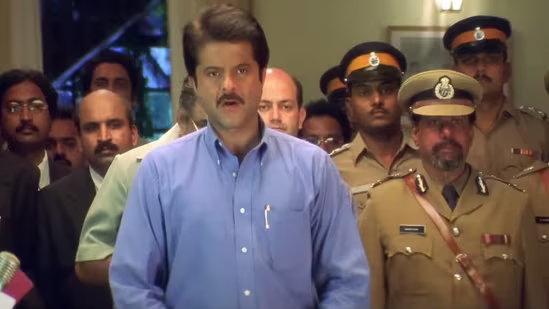UPA’s response to 2008 global financial crisis was worse than the problem: White Paper
Share :

The UPA government's response to the 2008 global financial crisis -- a fiscal stimulus package to combat the spill-over effects -- was much worse than the problem it sought to address, said the White Paper on Indian Economy presented by the Centre in the Parliament on Thursday.
New Delhi: The UPA government's response to the 2008 global financial crisis -- a fiscal stimulus package to combat the spill-over effects -- was much worse than the problem it sought to address, said the White Paper on Indian Economy presented by the Centre in the Parliament on Thursday.
"It was way beyond the capacity of the Union government to finance and sustain. Interestingly, the stimulus did not seem to bear any correlation with the outcomes it sought to achieve because our economy was not unduly affected by the crisis," the paper said.
During the global financial crisis, India’s growth slowed to 3.1 per cent in FY09 but recovered swiftly to 7.9 per cent in FY10.
A cross-country analysis using IMF data on real GDP growth during and after the global financial crisis corroborates the fact that the impact on the Indian economy was relatively limited compared to other developed and developing economies. There was no need for the continuation of the misguided stimulus beyond one year, the White Paper said.
Under the UPA government, public finances were brought to a perilous state, it said.
For six consecutive years between FY09 and FY14, the ratio of India's gross fiscal deficit (GFD) to gross domestic product (GDP) was at least 4.5 per cent. It was between 4.5 per cent and 5 per cent of GDP in three out of the six years, between 5 per cent and 6 per cent in one, and more than 6 per cent in two years.
The revenue deficit rose more than four times from 1.07 per cent of GDP in FY08 to 4.6 per cent in FY09. It rose further to 5.3 per cent in FY10, declined slightly to 3.3 per cent in FY11, before rising again to 4.5 per cent in FY12.
Run-away fiscal deficits led the economy to the fiscal precipice, the White Paper said.














